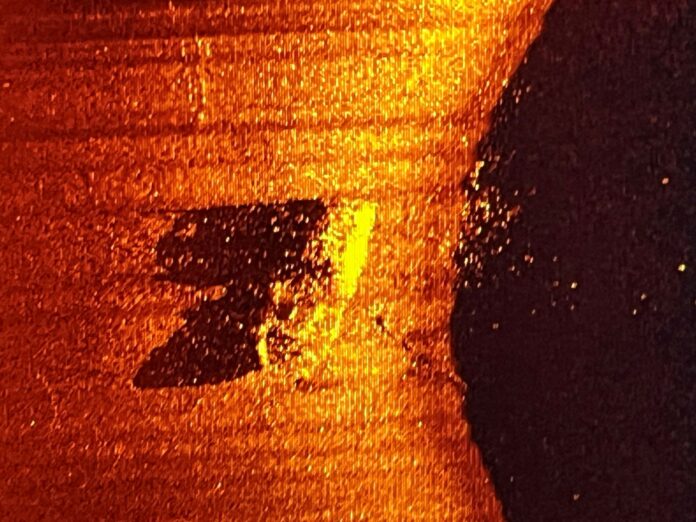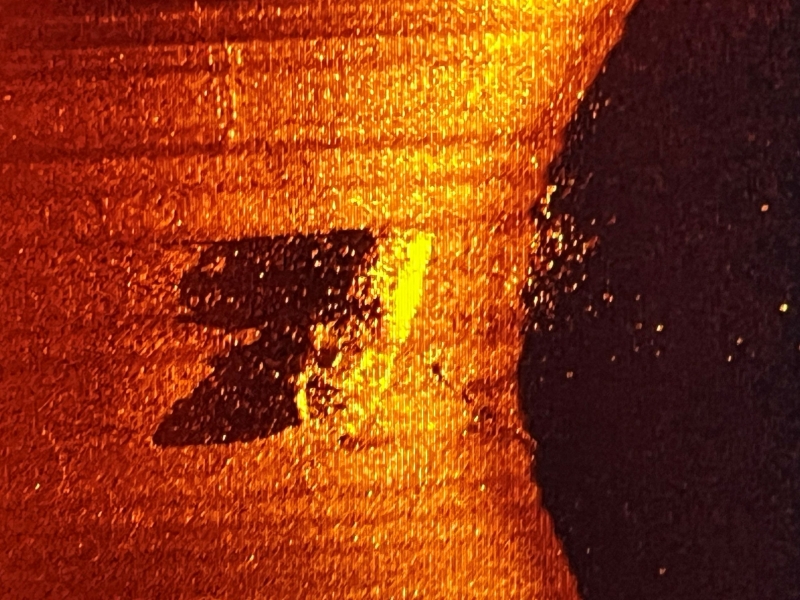 The Quest, Ernest Shackleton's last ship in Antarctic exploration, has been found almost intact on the seabed off the coast of Newfoundland, Canada.
The Quest, Ernest Shackleton's last ship in Antarctic exploration, has been found almost intact on the seabed off the coast of Newfoundland, Canada.
An impressive discovery was made by wreck hunters, as they located the ship on which the “legendary” Antarctic explorer Ernest Shackleton made his last voyage, the traces of which had been lost for more than half a century.
On the ship, Quest, which was found almost intact on the seabed off the coast of Newfoundland, Canada, Shackleton suffered a fatal heart attack on January 5, 1922, while trying to reach Antarctica.
The “Quest”it continued to travel until 1962 when it sank, however the fact that it was the last stop in the life of the British explorer has given the ship great historical significance, as it was essentially the end of an era for the so-called “heroic era of exploration” of Antarctica, at a time when very few people had seen the frozen continent.
“His last voyage in a way closed the heroic era of exploration, of polar exploration, certainly in the south,” said the famous shipwreck hunter David Mearns, who ran the successful survey operation.
“After that, it was what we would call the scientific age. In the pantheon of polar ships, the 'Quest' is definitely an icon,” he said, speaking to BBC News. the leadership of The Royal Canadian Geographical Society (RCGS).
Sonar equipment located it at a depth of 390 meters
Sonar equipment located it at a depth of 390 meters. The wreck sits almost upright on the bottom that has been dug up at some point in the past by the passage of icebergs. The mainmast is broken and hanging over the port side, but otherwise the ship appears to be generally intact.
 Side scan sonar image shows the wreck of the Quest, the last ship of Ernest Shackleton's expedition, in which he died in 1922 off South Georgia Island in the South Atlantic, lying upright and intact on the sea floor at a depth of 390 meters (Source : Canadian Geographic/Royal Canadian Geographical Society)
Side scan sonar image shows the wreck of the Quest, the last ship of Ernest Shackleton's expedition, in which he died in 1922 off South Georgia Island in the South Atlantic, lying upright and intact on the sea floor at a depth of 390 meters (Source : Canadian Geographic/Royal Canadian Geographical Society)
Quest on its last voyages was used by Norwegians who hunted seals. Its sinking was caused by the thick sea ice, which pierced the ship's hull and sent it to the bottom.
In fact, the tragic irony is that the exact same damage that was caused to the Endurance, the ship used in the ill-fated “Trans-Antarctic Expedition” in the 1914-1917 campaign.
Fortunately, the crews both Endurance in 1915 and Quest in 1962 survived and many of the men who survived the sinking of the former went on to join Shackleton's last polar expedition in 1921-1922 on Quest.
The last mission and the end of the “Quest”
His original plan was to explore the Arctic, north of Alaska, but when the Canadian government withdrew financial support, the expedition headed south with the “Quest” to Antarctica.
The new goal was to map the Antarctic islands, collect samples and look for places to install infrastructure such as weather stations. However, Shackleton never made it, suffering heart failure at the port of Grytviken in the British overseas territory of South Georgia, the last stop before reaching the White Continent, aged just 47.
After his death , the 'Quest' participated in other important expeditions, including the British Arctic Air Route Expedition in 1930-31 led by British explorer Gino Watkins, who also tragically died at the age of 25 while exploring Greenland.
'Quest' was also employed in Arctic rescues and as a member of the Royal Canadian Navy during World War II before being handed over to sealers.
RCGS team members conducted extensive research to find the final resting place of 'Quest'. Information was gathered from ship logs, navigation records, photographs and documents from the investigation into his disappearance.
